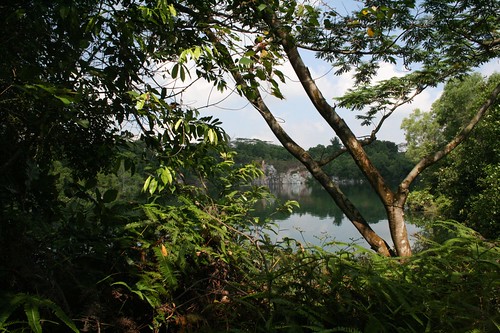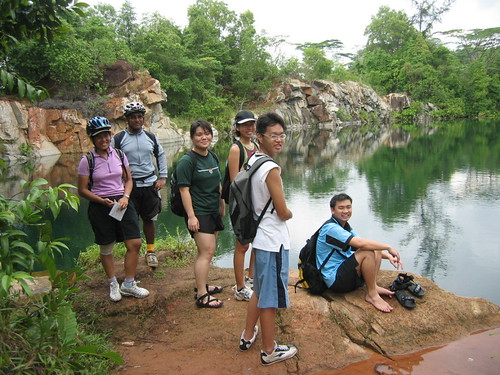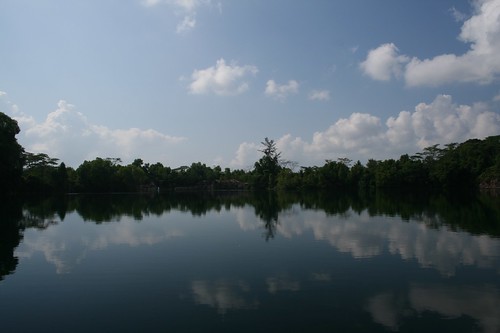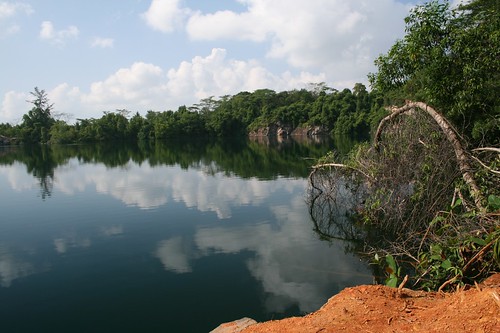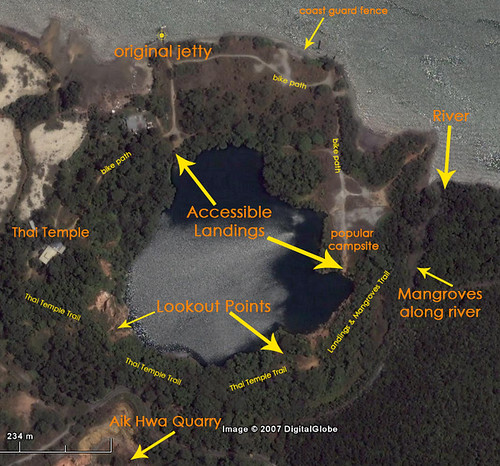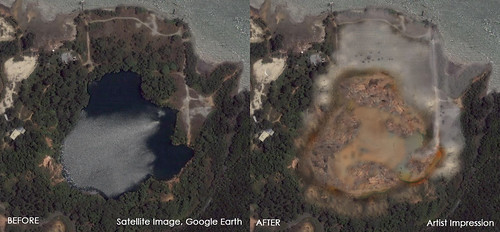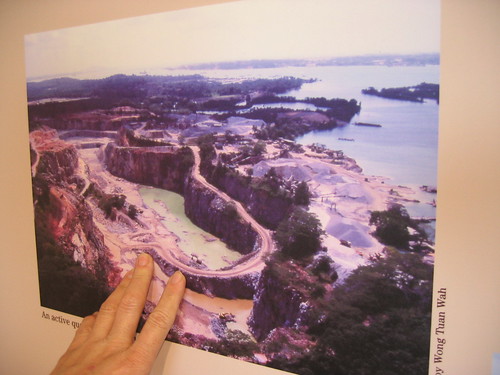As of late July 2007, the Thai Temple no longer stands at Jalan Wat Siam, a road now devoid of its namesake.
When the announcement for the deferment of Kekek Quarry's opening came on 4 August 2007, the news was met with happiness and also frustration as yet again, a landmark on Ubin has been displaced because of planned development. Just like the Kampong Melayu en route Chek Jawa which was cleared in anticipation of the reclamation, the postponement of Kekek Quarry's opening came too late to save one of the last remaining landmarks on Pulau Ubin.
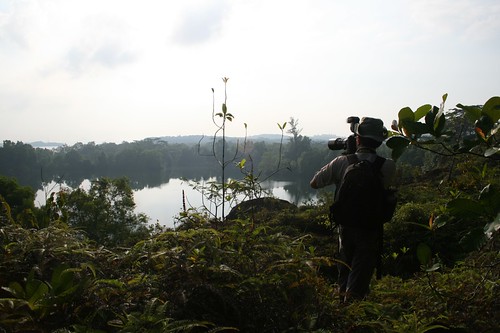
Kekek Quarry in the morning of April 7, 2007. Thai Temple is located at the foot of this hill. Photo by November
All occupants of the island must possess a Temporary Occupation Licence (TOL) from the Singapore Land Authority and it was said that the temple's license was due for renewal. While this fact needs verification, truth of the matter is that the temple is now no longer on Ubin. In an interview with one of the villagers on Ubin, it is unlikely that the temple will be issued a new TOL on Ubin even if they had applied for it after the quarry plans are shelved. It is true of course that the quarry is to be on standby, ready to be operational at the slightest need and having to relocate the temple later would be a bureaucratical hassle.
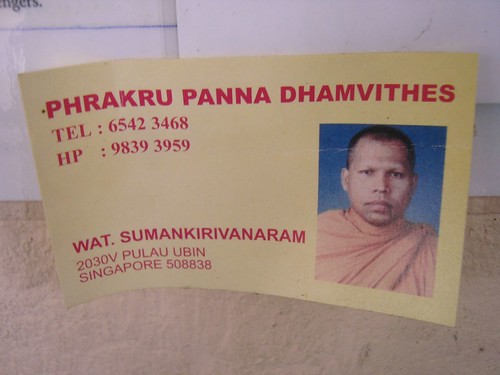
2030V Pulau Ubin is no longer an occupied address. Photo by November
The temple may seem relatively new, having only established on Ubin in 1986 when a monk from Thailand walked all the way down to Singapore and found its home here on Pulau Ubin. However, it's one of the last few remaining cultural icons on the island with large throngs of visitors on weekends and major Buddhist and Chinese festivals. This was also a large source of income for the island's taxi drivers who would ferry devotees to the temple. When asked, taxi drivers on Ubin expressed disappointment that now there is a less steady stream of income for them. Previously, they could count on major festival days to draw income from. Now, they feel Chek Jawa is the only way for them to garner income from but it is less reliable as return visitors or regular visitors are rare.
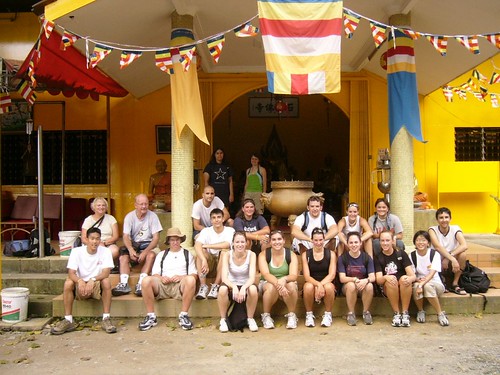
Thai Temple one year ago on July 13 2006. Who would have known a year later the temple would no longer be with us? Photo by November
A question was posted on the Ubin Forum asking where the temple has been relocated to. After some "detective work" and leg work from our guest editor, budak, we found that it has actually been moved to Jalan Kayu, near Seletar. Not very different from Ubin, Jalan Kayu is also a kampong place, still relatively undeveloped and rural but rich with heritage but under threat from urbanization and development.

Familiar idols from the Thai Temple in storage at Jalan Kayu. Photo by budak
Budak wrote:
"The reprieve granted to kekek came sadly too late for the Thai temple located within earshot of the quarry. the statues and idols no longer face a tree-lined trail and the musical tributes of straw-headed bulbuls.
The tale of the Thai temple now meets that of another Buddhist shrine, the Ban Kok Sua Chong Yee Temple that for now still resides at Seletar West Farmway 6, a small road two turns off Jalan Kayu surrounded by farmland and abandoned plots. Before secondary jungle retakes the area, however, it will likely be surrendered to planners seeking to turn this historic kampung area (see jalankayutrail.blogspot.com) into another new suburb. In a sense, it already is, as Jalan Kayu is now within a stone's throw from the Sengkang LRT network, and vast fields of cleanly cleared land (formerly farms and orchards) now link the once quiet road to a new town of HDB towers.
Now a lonely outpost in a village of ghosts and forgotten memories, Chong Yee Temple faces a dwindling lease and its custodians are currently seeking to raise funds to erect a new sanctuary for the temple's deities when the present plot is returned to the authorities.
To this end, Chong Yee Temple has linked up with the caretakers of the (former) Ubin Thai temple and another temple (dedicated to Bao Gong) to acquire a piece of land where Jalan Kayu meets Sengkang West Avenue, where a collective development will take place, with each temple maintaining its identity and management, while occupying its own portion of new worship complex.
Site of the new temple premise. Photo by budak
The artefacts of the Thai temple are now at a temporary building at the site, with an interim altar and shrine being built, which is scheduled to be ready by 22 August. Stay tuned for more updates when we visit the place after it opens."
See more photos of Chong Yee Temple and the new Thai Temple premise in Budak's flickr set.





